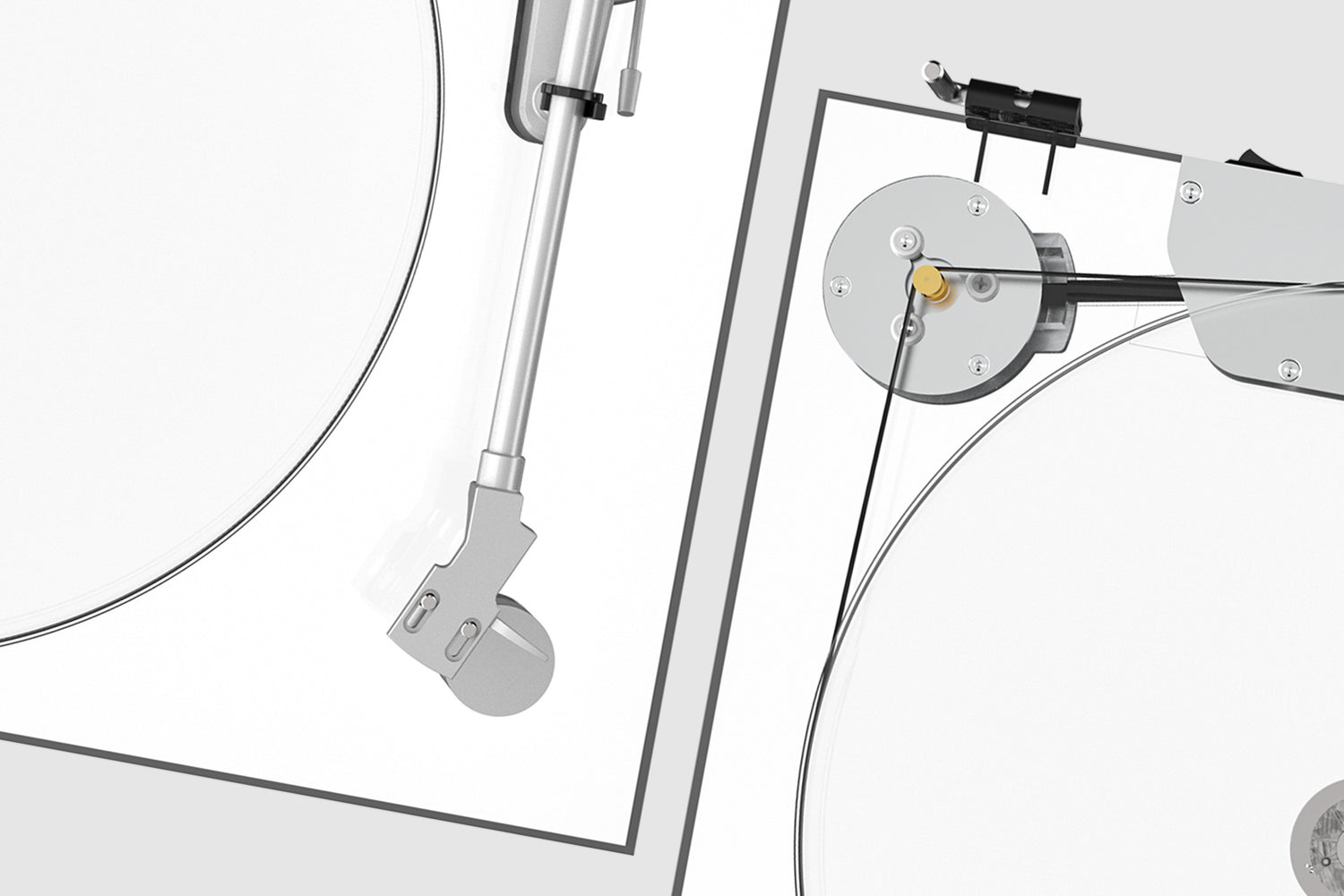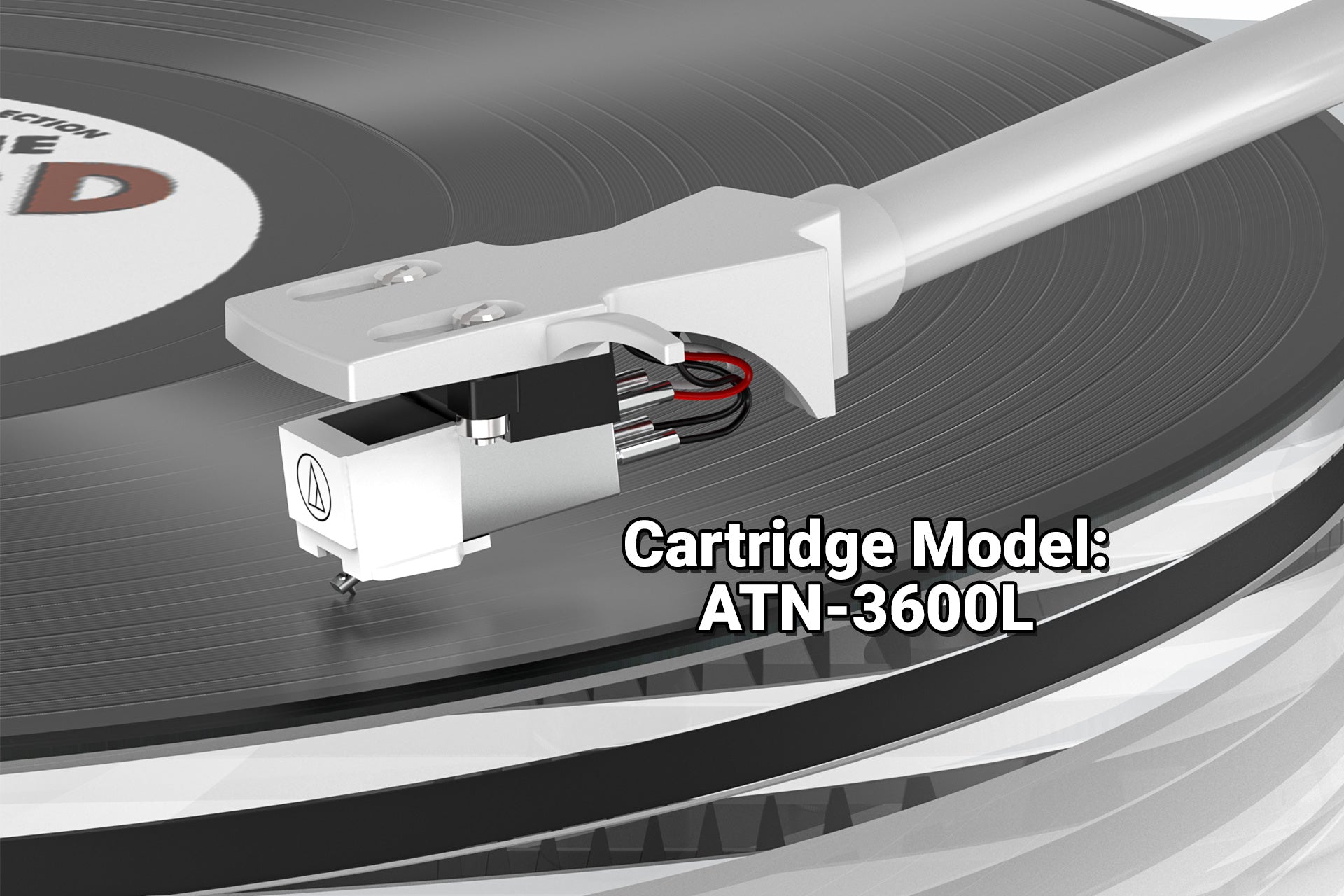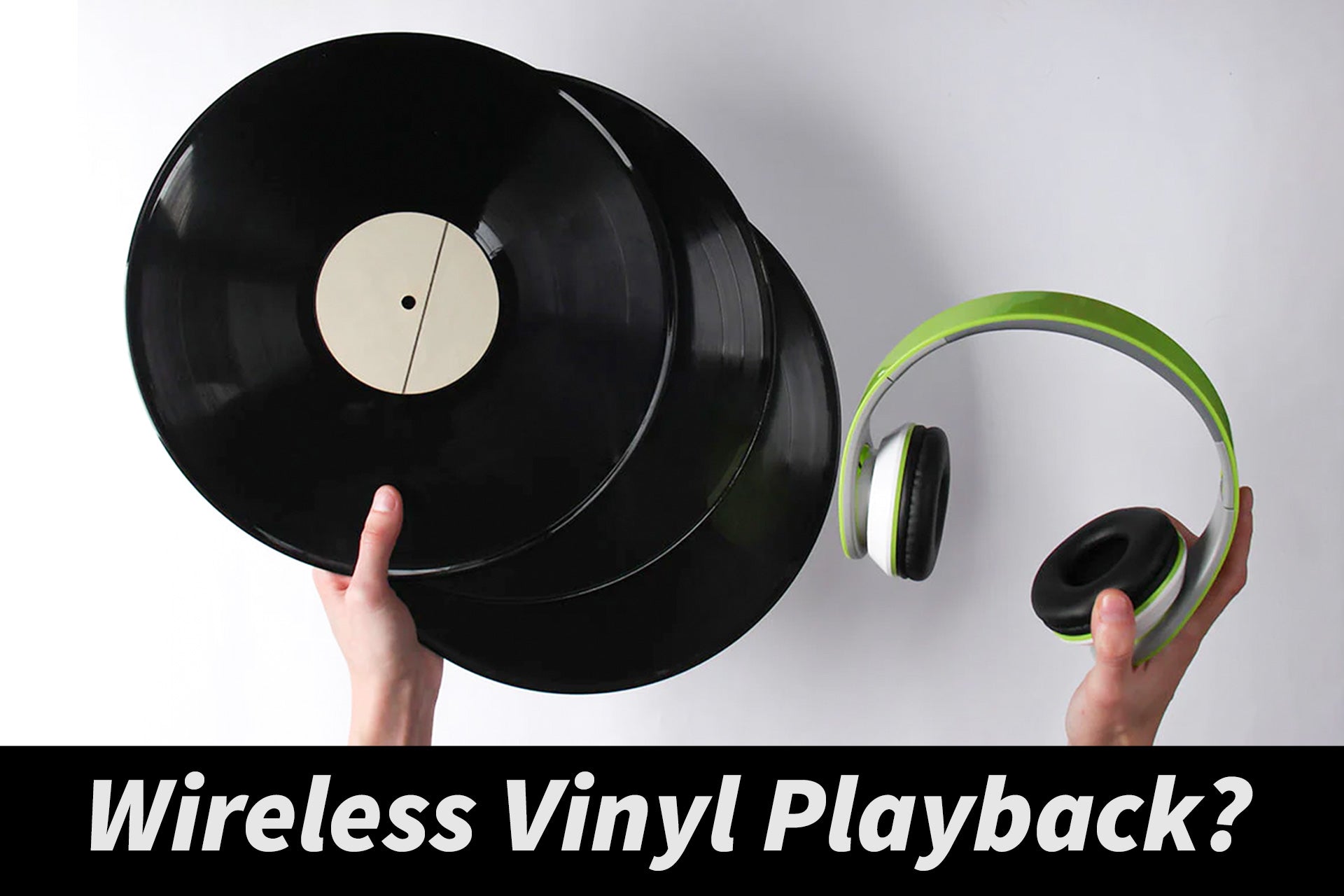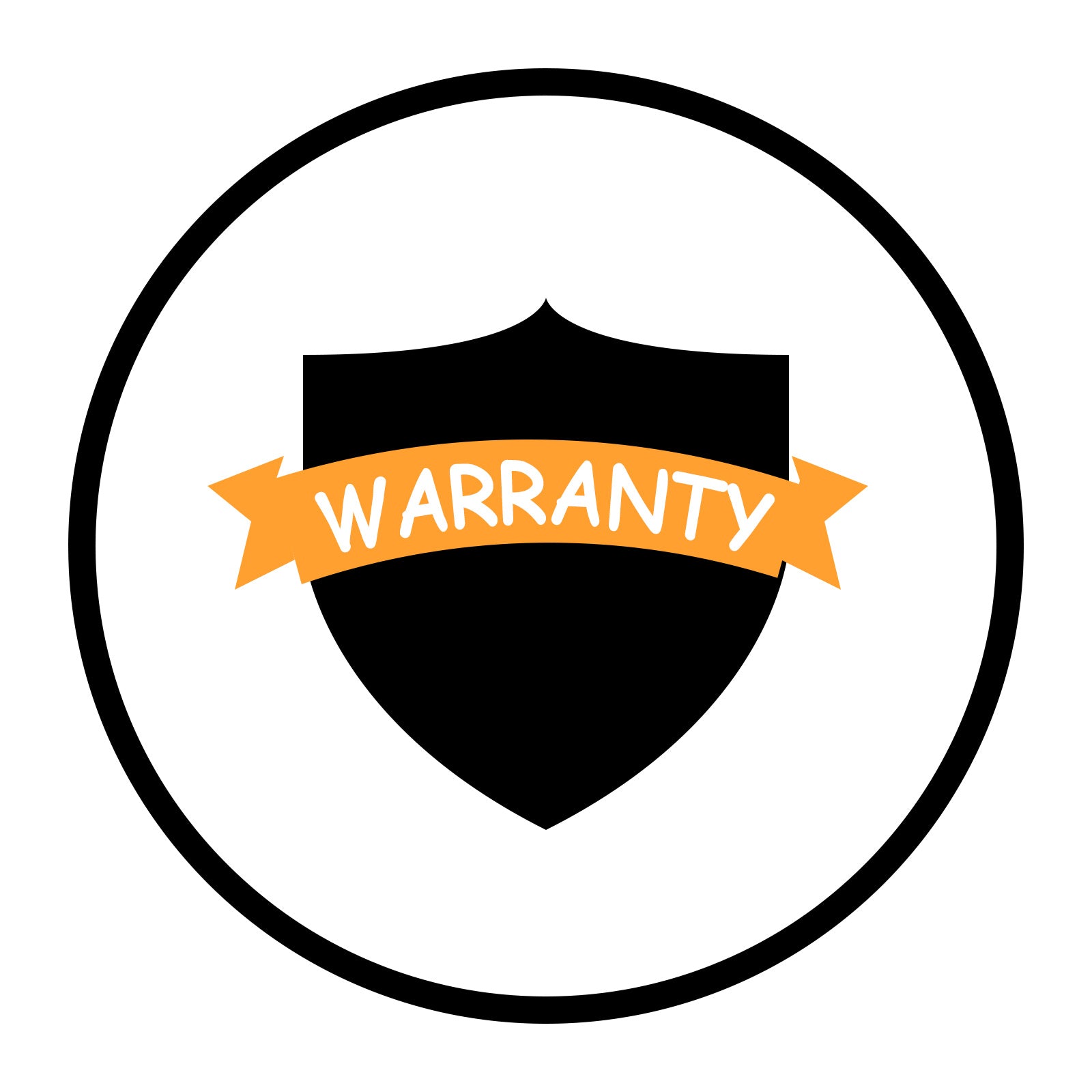Introduction:
In the realm of vinyl record players, the debate between direct drive and belt drive turntables has long been a topic of discussion among enthusiasts. Each drive system offers its unique set of advantages and considerations, influencing the overall performance and sound quality of the turntable. In this article, we'll delve into the definitions, pros, and cons of direct drive and belt drive turntables, helping you navigate the complexities of choosing the right option for your vinyl listening experience.
1. Direct Drive Turntables: Direct drive turntables feature a motor directly connected to the platter, eliminating the need for an intermediary belt. This design offers several advantages, including:
- Consistent Speed: Direct drive turntables typically maintain a more stable and accurate rotational speed, minimizing wow and flutter.
- Quick Start-Up: Direct drive systems allow for instant start-up and precise speed adjustments, making them ideal for DJing and scratching applications.
- Low Maintenance: With fewer moving parts, direct drive turntables require less maintenance and are less prone to belt wear and tear.
However, direct drive turntables may exhibit some drawbacks, such as:
- Motor Noise: The proximity of the motor to the platter can result in increased motor noise, which may impact sound quality, especially during quiet passages.
- Vibrations: Direct drive motors can introduce vibrations into the platter, potentially affecting playback performance and causing resonance issues.
- Cost: Direct drive turntables tend to be more expensive than their belt drive counterparts, reflecting the advanced technology and features they offer.
2. Belt Drive Turntables: Belt drive turntables utilize a belt to connect the motor to the platter, providing isolation from motor vibrations and minimizing noise transmission. The benefits of belt drive turntables include:
- Reduced Vibrations: The belt acts as a shock absorber, isolating the platter from motor vibrations and minimizing resonance, resulting in cleaner sound reproduction.
- Quieter Operation: Belt drive turntables tend to operate more quietly than direct drive models, as the motor is located away from the platter.
- Potential for Upgrades: Belt drive turntables often allow for easier upgrades and modifications, such as swapping out the stock belt for a higher-quality one or upgrading the platter.
However, belt drive turntables may also have some drawbacks, such as:
- Speed Variability: Belt elasticity and slippage can lead to slight speed fluctuations, resulting in increased wow and flutter compared to direct drive turntables.
- Limited Torque: Belt drive systems may have lower torque compared to direct drive models, affecting their ability to maintain consistent speed under heavy tracking force or demanding conditions.
- Belt Wear: Over time, the belt may stretch or degrade, requiring replacement to maintain optimal performance.
3. Choosing the Right Option: When it comes to choosing between direct drive and belt drive turntables, there is no one-size-fits-all answer. Instead, consider the following factors to determine which option is best suited to your needs:
- Usage: If you plan to use your turntable for DJing, scratching, or other high-performance applications that require precise speed control and quick start-up, a direct drive turntable may be the better choice.
- Sound Quality: If your primary concern is achieving the best possible sound quality with minimal motor noise and vibrations, a belt drive turntable may offer superior performance.
- Budget: Direct drive turntables tend to be more expensive than belt drive models, so consider your budget constraints when making your decision.
- Personal Preference: Ultimately, personal preference plays a significant role in choosing between direct drive and belt drive turntables. Audition both types of turntables if possible and select the one that best aligns with your preferences and listening habits.
Conclusion:
In conclusion, the choice between direct drive and belt drive turntables ultimately comes down to your individual preferences, usage requirements, and budget considerations. Both drive systems offer distinct advantages and considerations, so take the time to evaluate your options and choose the turntable that best suits your needs. Whether you prioritize stability, speed accuracy, or sound quality, there's a turntable out there to elevate your vinyl listening experience to new heights.












Leave a comment
All comments are moderated before being published.
This site is protected by hCaptcha and the hCaptcha Privacy Policy and Terms of Service apply.